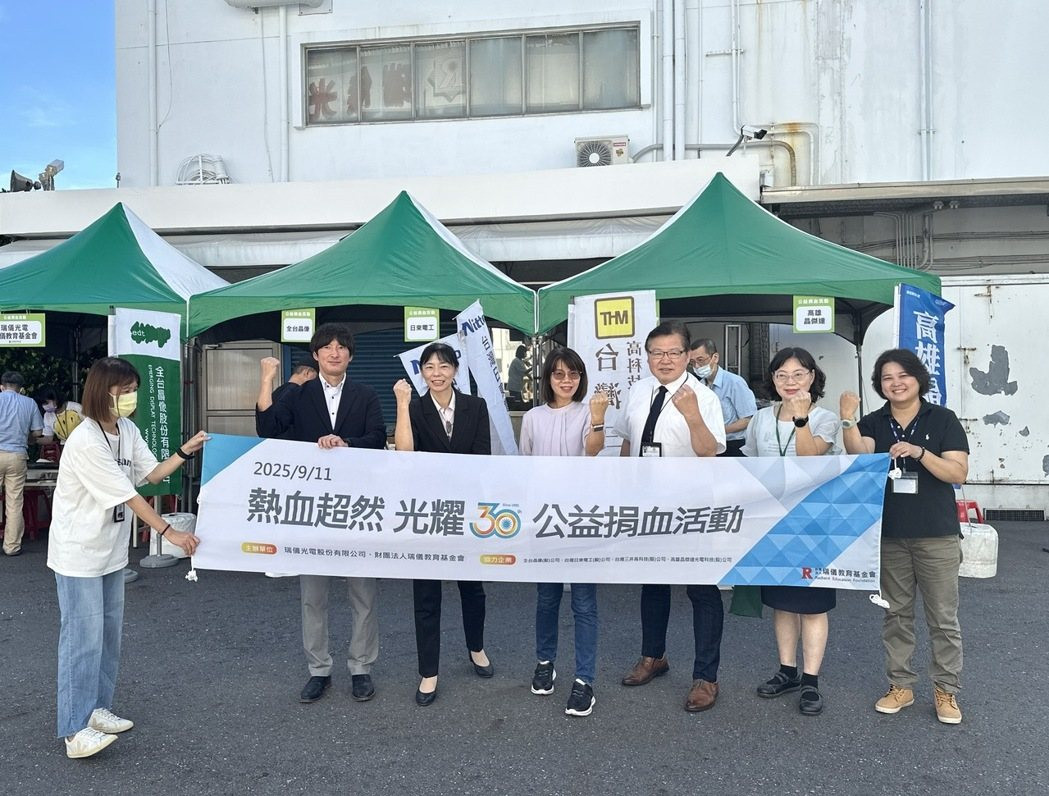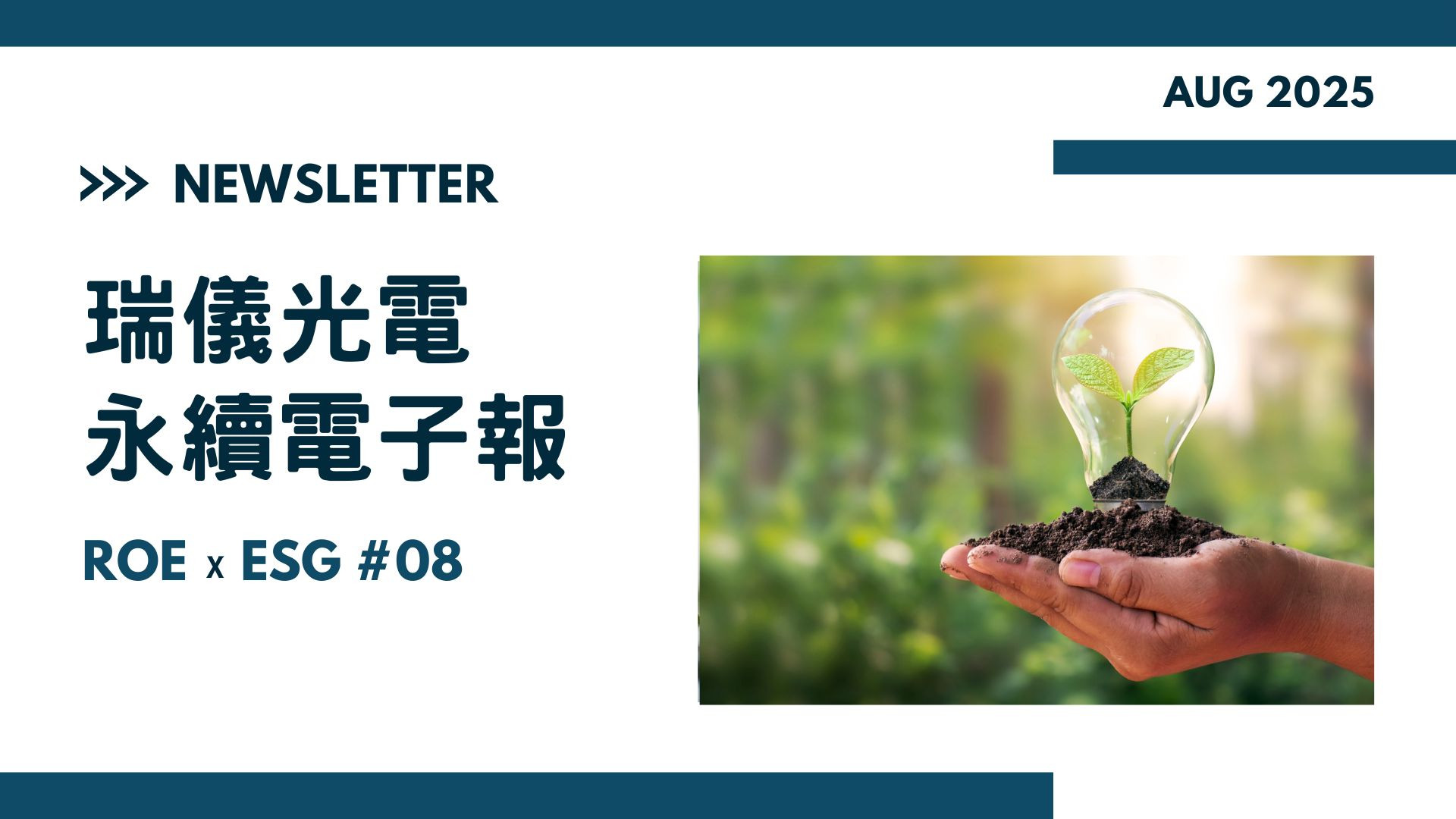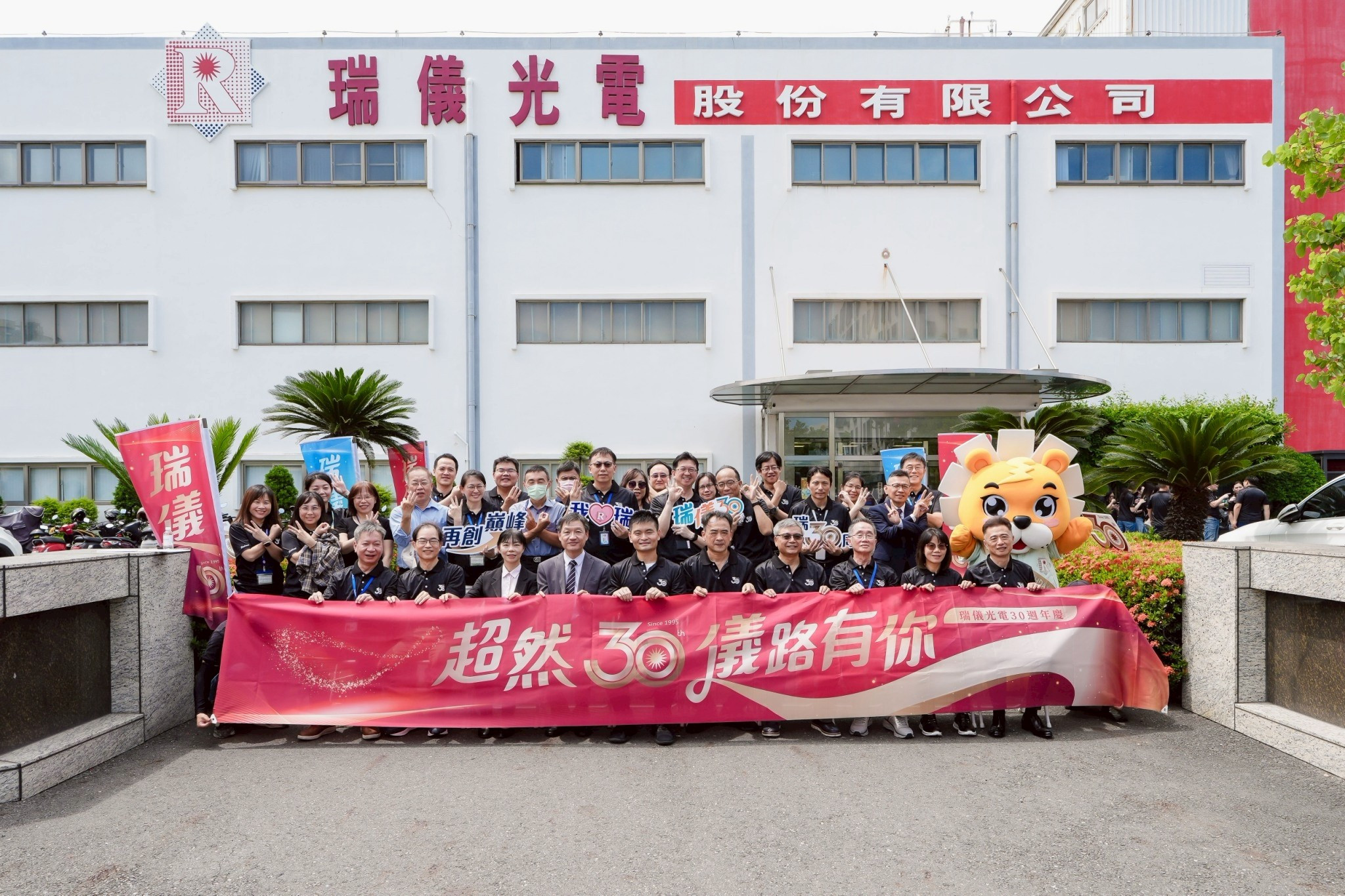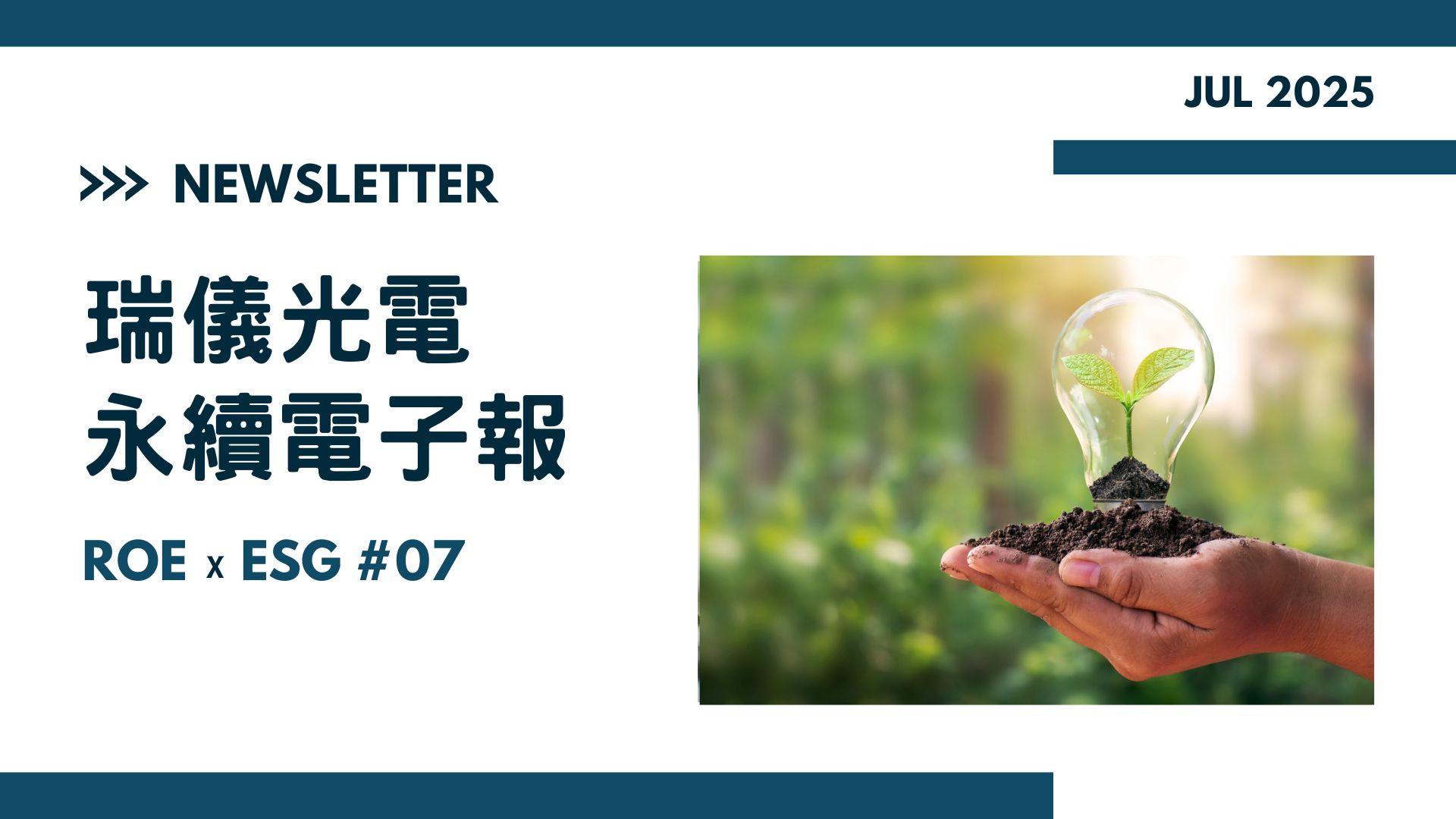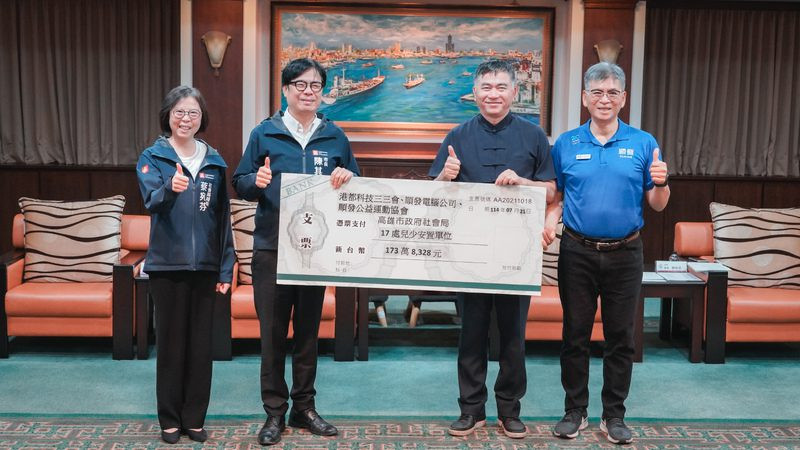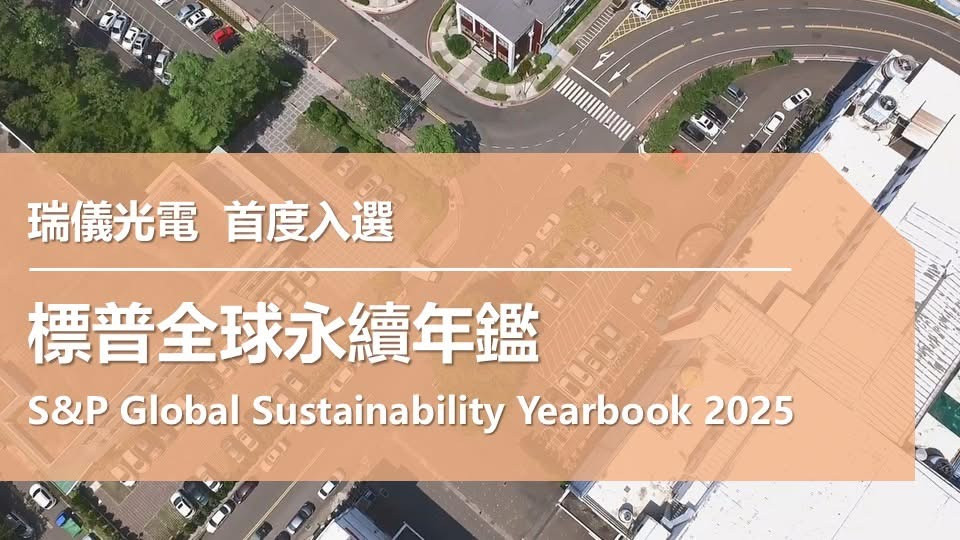- home
- News - News
- Radiant Opto-Electronics Leads Share Price Gains in the Optoelectronics Sector 【Business Weekly】
In Radiant’s factories, the story begins with two seemingly insignificant objects: an air blower that ran eight hours a day, and over 100 million plastic “food-container-style” boxes used annually. One day, an engineer stared at the blower for five minutes and asked, “The line doesn’t have product passing through every second—why is it blowing nonstop?” Meanwhile, someone on the packaging team looked at a wall stacked with plastic boxes and wondered, “Do we really need one box per unit? Couldn’t we secure them like magnets?”
Two questions led to two production lines being torn apart and rebuilt. Sensors and solenoid valves were added to the blower so it only ran when needed. The plastic boxes were replaced by thin magnetic carrier plates, cutting plastic use—and the associated washing and drying work hours—by more than 90%. Outsiders saw new equipment and new packaging. Radiant saw something deeper: a kilowatt-hour, a piece of material, a step in the process—all scrutinized with surgical precision. That discipline became the key reason its capacity grew while energy use fell, and later why European companies trusted Radiant during acquisition talks.
In the investment world, the panel industry is known as a “boom-and-bust” business. But the world’s largest backlight module maker—Radiant Opto-Electronics—has drawn a very different curve. Over the past 15 years, the company delivered double-digit EPS in 10 of them, with the worst year still at NT$6 per share. For a sector where companies often alternate between profit and loss, Radiant stands out. Founder Wang Ben-ran once said:“What we earn is management value.” Meaning: business cycles have limited impact because Radiant calculates every cost and every efficiency point. Profit is squeezed out bit by bit.
Naturally, this thinking extended to carbon reduction. Radiant broke the problem down into electricity, materials, and process—layer by layer, metric by metric. This is why it has stayed on the Business Weekly Carbon Competitiveness Top 100 list for four straight years. The difference across a decade is striking: Revenue: roughly unchanged, Electricity use: ↓ nearly 40%, EPS & net profit: ↑ more than double
This wasn’t because of a boom—Radiant simply recalculated its factory efficiency from scratch. A liquid-crystal panel doesn’t emit light by itself; the backlight module is the “light box” behind every screen. Chances are, the phone, tablet, or laptop you use has Radiant inside. One in every four laptops globally uses its backlight modules. This year, industry peers averaged a gross margin of around 17%. Radiant achieved 21.5%. Backlight modules are inherently difficult and energy-intensive: films, transparent materials, strict uniformity requirements, zero tolerance for defects. The entire process is filled with power-hungry equipment, and the fragile final products require layers of packaging—like a row of ovens that can never be turned off.
“In our industry, we start out on the opposite side of energy efficiency,” says Hsieh Chih-chieh, Director of Administration & EHS. Electricity accounts for over 95% of Radiant’s carbon emissions, so equipment was the obvious first target. But equipment refreshes eventually reach a limit. The real test came afterward: With the same factory and same machines, how much more can be reduced? Radiant elevated energy management to the board level, set cross-department annual energy-saving goals, and encouraged frontline employees to propose green improvement ideas. The modification of the air blower came from such frontline questioning—saving nearly NT$600,000 in power costs on a single line per year. Replicated across other equipment, the benefits multiplied. Once equipment optimization reached its limit, Radiant tackled the most untouchable area—packaging.
Previously, backlight modules entering customer cleanrooms were each placed inside a plastic box—over 100 million boxes a year, plus washing and drying. This wasn’t Radiant’s idea; a major customer demanded lower carbon footprints, forcing Radiant to reduce plastic usage drastically. So they flipped the entire system: A durable base material wrapped with a special film, secured with magnets, forming a reusable magnetic carrier plate. In simple terms: from “one box per unit” to “one plate, multiple cycles.”
The magnetic plates introduced flexibility: multiple backlight sizes could use the same plate, no new molds needed, and scrap risk dropped. Cleaning became easier too—no water wash or drying, just a roller brush. Plastic, electricity, water, and labor hours all fell by over 90%.
But getting there was the hard part. The material had to be cleanroom-safe, durable, and scratch-free. Magnetic force had to be “just right”—too strong and modules warped; too weak and they slipped. “Even the placement of each magnet couldn’t be casual,” recalls Wei Lu-yen, Head of Sustainability. Dozens of revisions and months of back-and-forth with customers were needed before approval.
Then came the real headache: Warehouse racks had to be reconfigured; cleaning workflow rewritten; barcodes and inventory systems redesigned. Any misalignment would create new scrap points or accounting discrepancies. This is why almost no competitor has replicated this system. “We like serving the toughest customers,” says Chairman Wang Yu-chao. Radiant’s internal strength was forged by the industry’s most demanding client—one U.S. brand known for its relentless scrutiny. Everything—processes, labor usage, carbon footprint—had to be quantified and verified. Over more than a decade, Radiant developed an instinctive reflex: Every kilowatt-hour must be accountable.
Less than three years after succession, Wang Yu-chao spent billions acquiring optical companies in Finland and Denmark. Observers attributed it to financial muscle. But what truly convinced the sellers was Radiant’s decade-built, third-party-verifiable operational discipline. “These European companies already had ESG in their DNA,” Wang explains. What Radiant brought to the table was a factory where every record—energy, material traceability, process stability, recycling efficiency—is transparent and auditable.
That transparency reassured sellers that Radiant wasn’t buying to siphon off technology—but to scale it into efficient mass production. At that point, the acquisition wasn’t about price anymore; it was about whether Radiant could take their technologies further. Economic cycles shape one year; operational fundamentals shape ten. Radiant broke the backlight module down into one kilowatt-hour, one film sheet, one motion. While competitors were dragged by market swings, Radiant stood firm on details—and advanced on capability.
NEWS Reference: https://www.businessweekly.com.tw/Archive/Article?StrId=7013397&rf=google

